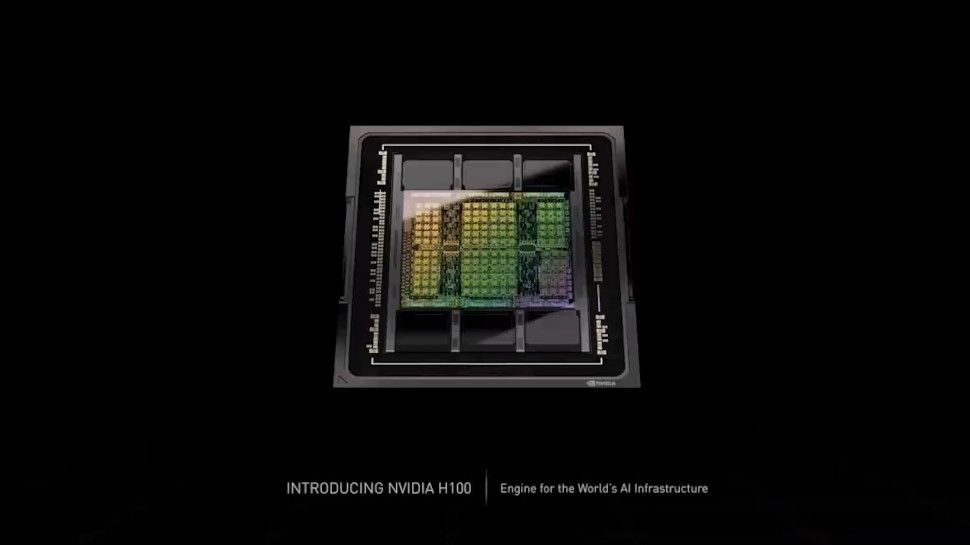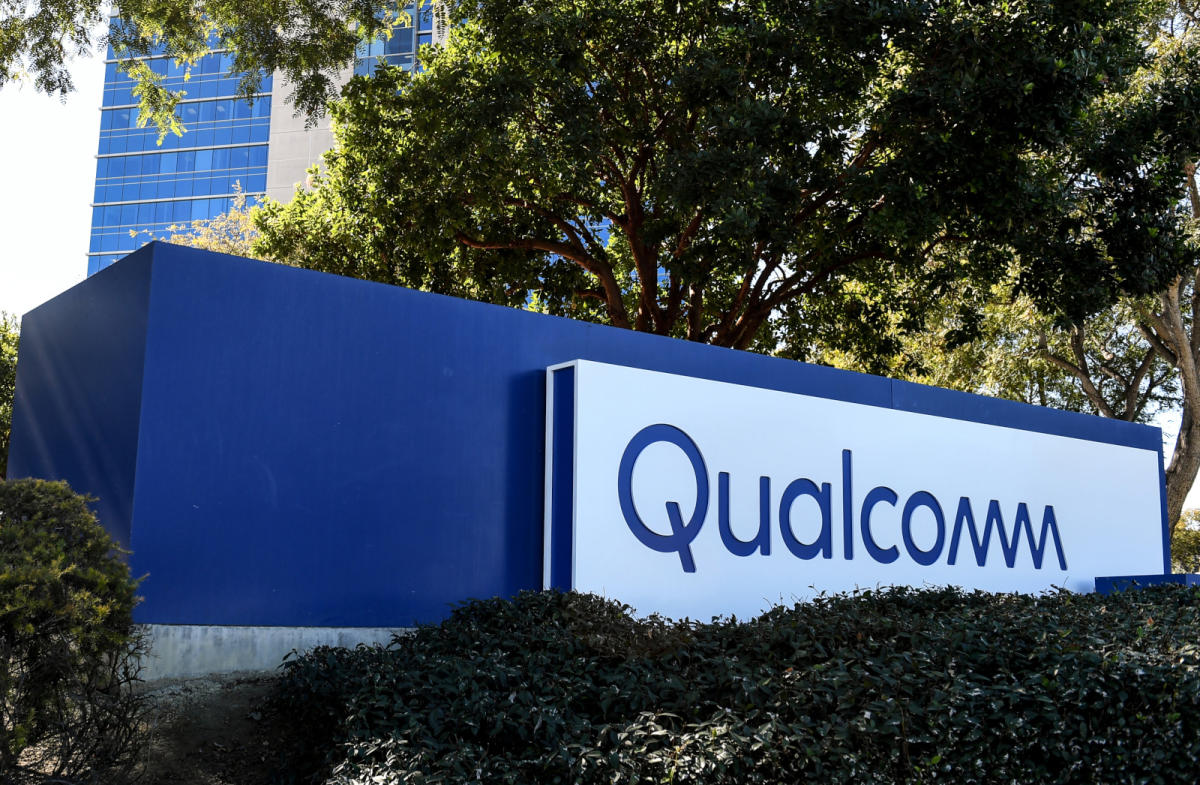Liquid Web has unveiled the launch of a new GPU hosting service designed to keep pace with growing high-performance computing (HPC) requirements.
The new offering will harness Nvidia GPUs and is catered specifically toward developers focused on AI and machine learning tasks, the company confirmed.
Users capitalizing on the new service can expect a range of benefits, according to Liquid Web, including “accelerated performance with Nvidia GPUs”.
“Untapped potential”
Sachin Puri, Chief Growth Officer of Liquid Web, said the new service will support developers at an “affordable price” and offer reserved hourly pricing options for users.
“AI has infinite untapped potential, and we want to empower developers and AI innovators to harness the full power of NVIDIA GPUs,” Puri said.
“With performance benchmarks that speak for themselves, this solution is the clear choice for accelerating AI workloads and maximizing value. And this is just the beginning — stay tuned as we expand our lineup to deliver even more powerful solutions in the near future.”
Liquid Web CTO Ryan MacDonald noted the firm’s on-demand servers can offer “up to 15 percent” better GPU performance over virtualized environments, or at an equal-to-lower cost.
“Our on-demand NVIDIA-powered servers with pre-configured GPU stack let customers quickly deploy AI/ML and deep learning workloads — maximizing performance and value while focusing on results rather than setup,” says Ryan MacDonald, Chief Technology Officer of Liquid Web.
What users can expect from Liquid Web’s GPU hosting service
The service will leverage a range of top-tier GPUs, including Nvidia L4,L40S, and H100 GPUs. These, the company said, offer “exceptional processing speeds” that are ideal for AI and machine learning applications, large language model (LLM) development, deep learning, and data analytics.
As part of the service, users will also have access to on-demand bare metal options, which Liquid Web will enable enterprises to “gain full control” over their infrastructure.
The move from Liquid Web comes amid a period of sharpened enterprise focus on AI, with enterprises ramping up development globally.
Analysis from Grand View Research shows the globally AI market is expected to top $1.81 trillion in value by 2030, marking a significant increase compared to 2023, where the market value stood at $196.63 billion.
There have been growing concerns over both costs and hardware availability throughout this period, however, with GPU prices skyrocketing and wait times for hardware growing.
That’s why flexibility is a key focus for the service, according to Liquid Web. The company noted that users can customize GPU hosting to meet specific performance needs on an as-needed basis, and aims to target companies ranging from startup level to larger enterprises.








































































































































































You must be logged in to post a comment Login